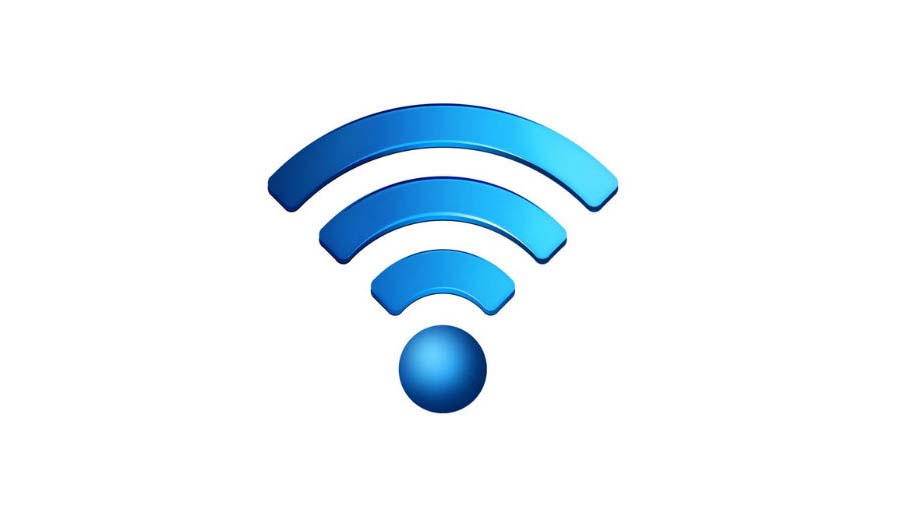WiFi Stakeholders High Five FCC 5.9 GHz Item
Say it paves way for wide WiFi channel to power multiple technologies

The FCC was getting kudos from WiFi fans and stakeholders for its unanimous decision Wednesday (Nov. 18) to open up 45 MHz of midband spectrum in the 5.9 GHz band for unlicensed use.
Those included the cable operators for whom WiFi hot-spots are their primary mobile broadband play.
“We applaud Chairman Pai and the entire Commission for their multi-year commitment to bringing underutilized 5.9 GHz spectrum into more productive use," said NCTA-The Internet & Television Association, in a statement. "The Commission’s bipartisan approval of a band-split approach will enable creation of a new, wide indoor WiFi channel that can quickly be brought online for American consumers, while also preserving sufficient spectrum for new automotive safety innovations. This sensible compromise will bring faster Wi-Fi to American homes and businesses when they need it most. We look forward to continued work with the Commission as it considers enabling outdoor unlicensed 5.9 GHz devices in the future.”
“We applaud the FCC for dedicating more WiFi spectrum today," said Tony Werner, President, TPX (Technology, Product, Xperience) for Comcast. "WiFi is central to American homes, schools, and workplaces and carries more broadband traffic than all other wireless technologies combined. Today’s FCC action is the culmination of many years of bipartisan effort at the FCC and in Congress on behalf of American consumers, and will empower broadband networks to deliver more capacity and speed to Americans quickly. We at Comcast look forward to putting this new band to work for our customers.”
“The 5.9 GHz band will transform the WiFi experience and bring faster speeds and greater capacity to consumers in urban, suburban, and rural communities across the country," said Charter. "The action taken today by the FCC will quickly unleash gigabit Wi-Fi speeds and free up much-needed unlicensed spectrum to improve consumers’ in-home WiFi experience," said Craig Cowden, SVP of wireless technology at Charter. " This will not only help families stay connected and productive through the remainder of the COVID-19 public health crisis, but will also help bring Wi-Fi to rural communities and solidify the U.S. as a leader in 5G."
"The FCC took a leadership role today in opening up the underutilized 5.9 GHz band for shared, unlicensed commercial use," said Louis Peraertz, VP of Policy for WISPA, the wireless internet service providers association. "It has been largely offline for nearly two decades, denying Americans tremendous value and consumer welfare. Wireless technology and industry best practices means it can be shared safely and beneficially with the auto industry, and the FCC has taken the well-reasoned position to do so. We applaud all of the Commissioners for working hard towards a consensus that allows this item to move forward."
“This reallocation of spectrum could not be more timely, since many existing WiFi routers and access points can be software upgraded for indoor use, giving families a huge boost in capacity for all their devices," said Michael Calabrese, director of the Wireless Future Program at the Open Technology Institute at New America. "Families struggling to work, learn and keep in contact with friends and family from home should all be grateful that the FCC made the tough decision to repurpose this unused spectrum from the auto industry to WiFi... “Although the auto industry opposed this for years, it got done on an entirely bipartisan basis thanks to persistent, forward-looking leadership by Commissioners O’Rielly and Rosenworcel.”
The smarter way to stay on top of the multichannel video marketplace. Sign up below.
Rep. Anna Eshoo (D-Calif.), also applauded the FCC vote .
“The pandemic has made clear that Americans depend on WiFi for telehealth, remote learning, and working from home," she said. "I’ve long called for increasing spectrum allocated for unlicensed uses, like WiFi, and I applaud the FCC’s decision to do just that in the 5.9 GHz band today.
“Unlicensed spectrum is the underappreciated workhorse of spectrum policy that impacts Americans’ daily experiences with their at-home internet, and it enables countless innovations. The FCC’s decision today is an important step, and I encourage it to continue expanding unlicensed spectrum in the coming months.”
While some automotive interests have pushed back on sharing their licensed intelligent transport system (ITS) spectrum with unlicensed WIFi, one automotive association--the one pushing the C-V2X technology the FCC endorsed in Wednesday's decision, was singing the item's praises.
“5GAA welcomes the Commission’s decision to move forward with C-V2X, a state-of-the-art transportation safety technology platform," said the 5G Automotive Association. "Our priority remains speeding the availability of C-V2X to American road users under parameters that responsibly guard against interference caused by Wi-Fi. We look forward to reviewing the final order and addressing any outstanding issues with the FCC and other stakeholders in the months ahead.”
“Qualcomm is pleased that today’s FCC decision both reassigns the upper 30 MHz of the 5.9 GHz band to C-V2X, the advanced wireless automobile safety technology, and creates a path for C-V2X to get on the air quickly," said Qualcomm SVP of spectrum strategy and technology. But he added: "We’re very concerned that the ruling does not provide sufficient protection for C-V2X to avoid interference from Wi-Fi, and we plan to continue working with the FCC and other stakeholders to achieve the necessary protections.”
Contributing editor John Eggerton has been an editor and/or writer on media regulation, legislation and policy for over four decades, including covering the FCC, FTC, Congress, the major media trade associations, and the federal courts. In addition to Multichannel News and Broadcasting + Cable, his work has appeared in Radio World, TV Technology, TV Fax, This Week in Consumer Electronics, Variety and the Encyclopedia Britannica.

